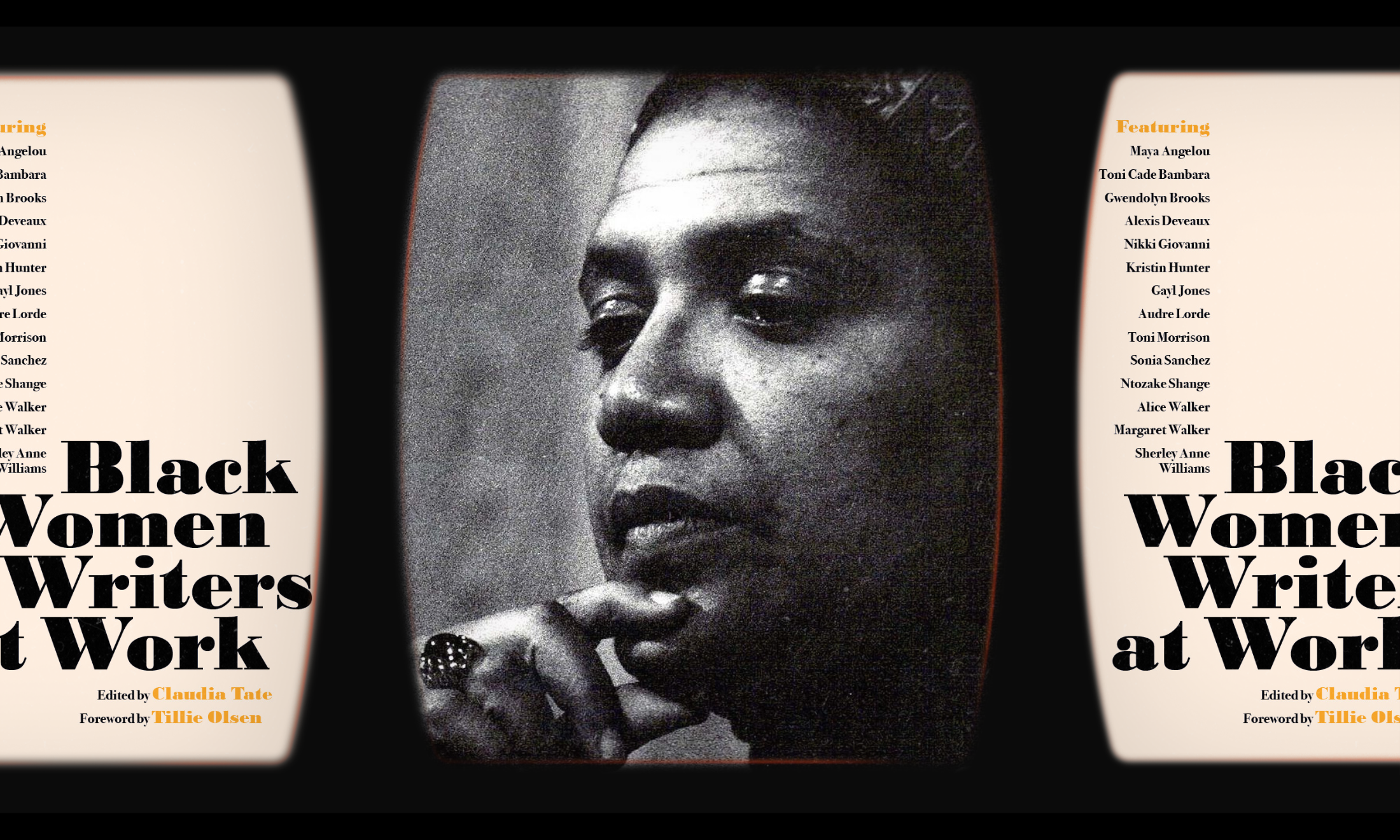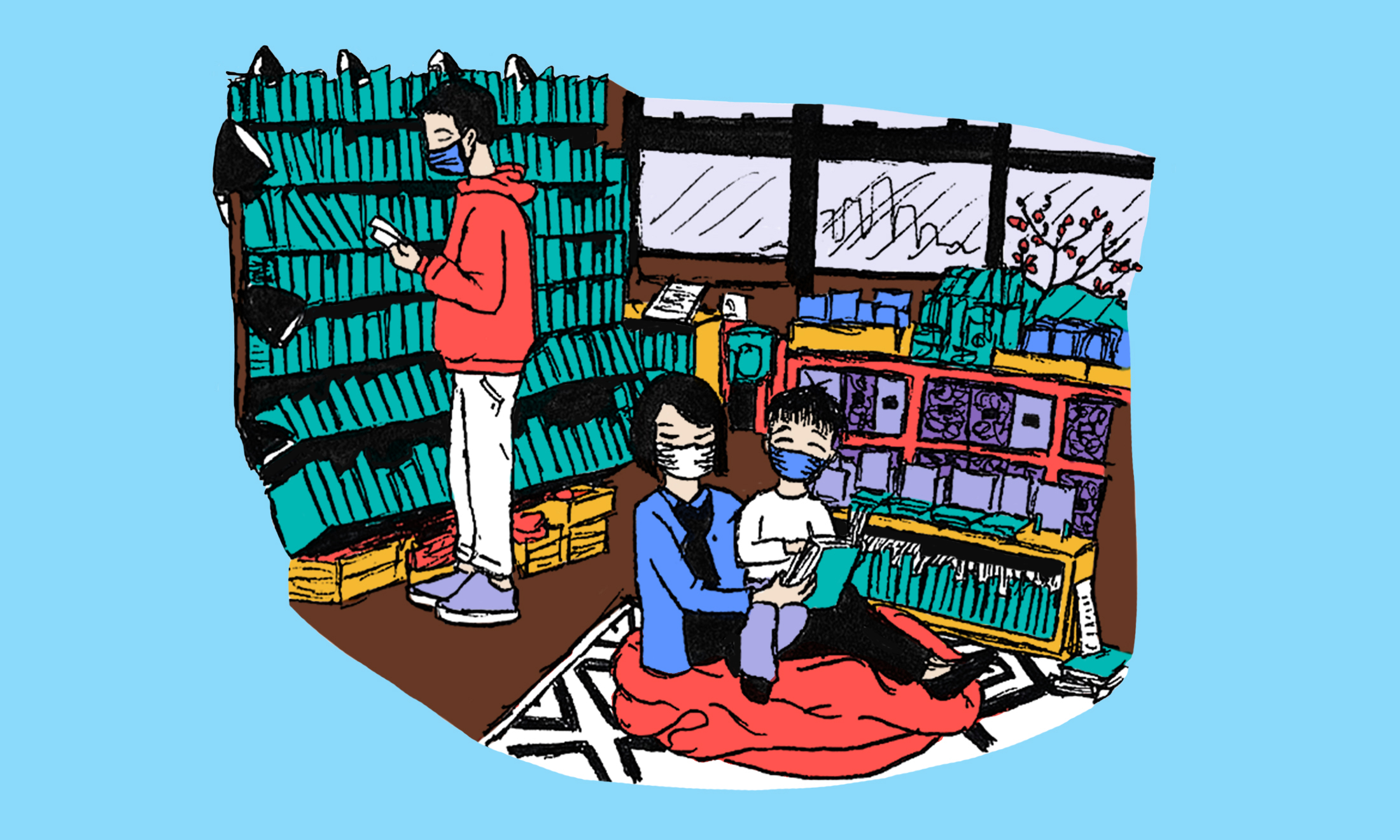
Earlier this month, it was announced that Faber & Faber and the Andlyn Literacy Agency are launching a new prize, with the aim of finding Black, Asian or Minority Ethnic (BAME) children’s writers and illustrators. The Faber Andlyn BAME (FAB) Prize will allow young, formerly unpublished writers and illustrators to present their work for a target audience of ages 1-18, with the chance of being announced as one of the winners in June 2017. The first prize recipients in each category will be provided with a year-long mentoring scheme, private consultation with experts in the respective fields as well as monetary bursary.
This scheme comes at a time where relation to one’s identity is more important than ever. Particularly in a divided, post-Brexit Britain where the colour of your skin becomes the predicate which, to some, defines your ability and very being. In relation to pop culture, it’s commonplace to see viral images of children online holding action figures, or dressing up as the BAME characters in their beloved animated films (and truly benefitting from this), but it’s a novelty to read more than a few token children’s book penned or illustrated by a creative of colour. It’s widely understood that people relate to their own personal identity in different ways. Whilst some children feel pangs of pride watching BAME faces on TV, and others enjoy relating to the prowess of characters that look just like them on the big screen (I know I definitely did), there is certainly a portion of the market yet to be fulfilled. As someone who was besotted with reading growing up, it would have meant the world to me to be able to read more literature written and illustrated by people of colour. I know that it would have felt more personal to me. It would have allowed me to envision myself as being able to achieve something on that level at that age.
A member of the prize’s judging panel, Davinia Andrew-Lynch, stated that books for kids of BAME origin by BAME writers “provide a clearer understanding of the world around them”. The way in which BAME kids in the UK relate to their surroundings can be starkly different simply due to the sporadic distribution of ethnic minority communities. A BAME child growing up in a predominantly non-white community reading white literature would feel as if they weren’t being presented with a reflection of their own reality, whereas that same child of colour being raised in a predominantly white environment would not feel as if they were part of anything bigger if the literature being thrust upon them simply failed to encompass their ethnic background.
These feelings of marginalisation on both ends of this spectrum can be incredibly damaging for children. It is necessary for the publishing industry to create relevant steps that could eventually lead to more BAME literature being presented in schools, and thus eventually normalising the visibility of children of colour and making it as commonplace as seeing more non-white faces on screens. Member of the judging panel, Donna Payne, detailed that this prize will allow “undiscovered” creatives of colour to “channel their own BAME experiences into books that can be enjoyed by every child, regardless of ethnicity”, alluding specifically to uniting kids in childhood, helping them to understand more about each others communities and cultures through the medium of experience in the form of literature.
Another member of the panel, Leah Thaxton, was quoted as maintaining her excitement as having the “…opportunity [to] reach out directly to undiscovered BAME writers and illustrators for children”, going on to state that the literary industry needs to do more to “unearth new talent and make our publishing more representative” This goes to show that this prize will not only change how the kids reading these books will see themselves being represented, but also how the authors and illustrators will see their work being given the wider recognition it deserves.
Feeling comfortable with one’s identity as a child can be particularly hard when faced with under representation. It’s important for the publishing industry to ensure that not only more kids of colour will be able to see a part of themselves in the books they read in the next few years, but that more talented, young, BAME writers and illustrators will get the mentoring, confidence and exposure they themselves need and deserve, whilst at the same time being able to attain recognition and publish harboured material in a developing industry.









